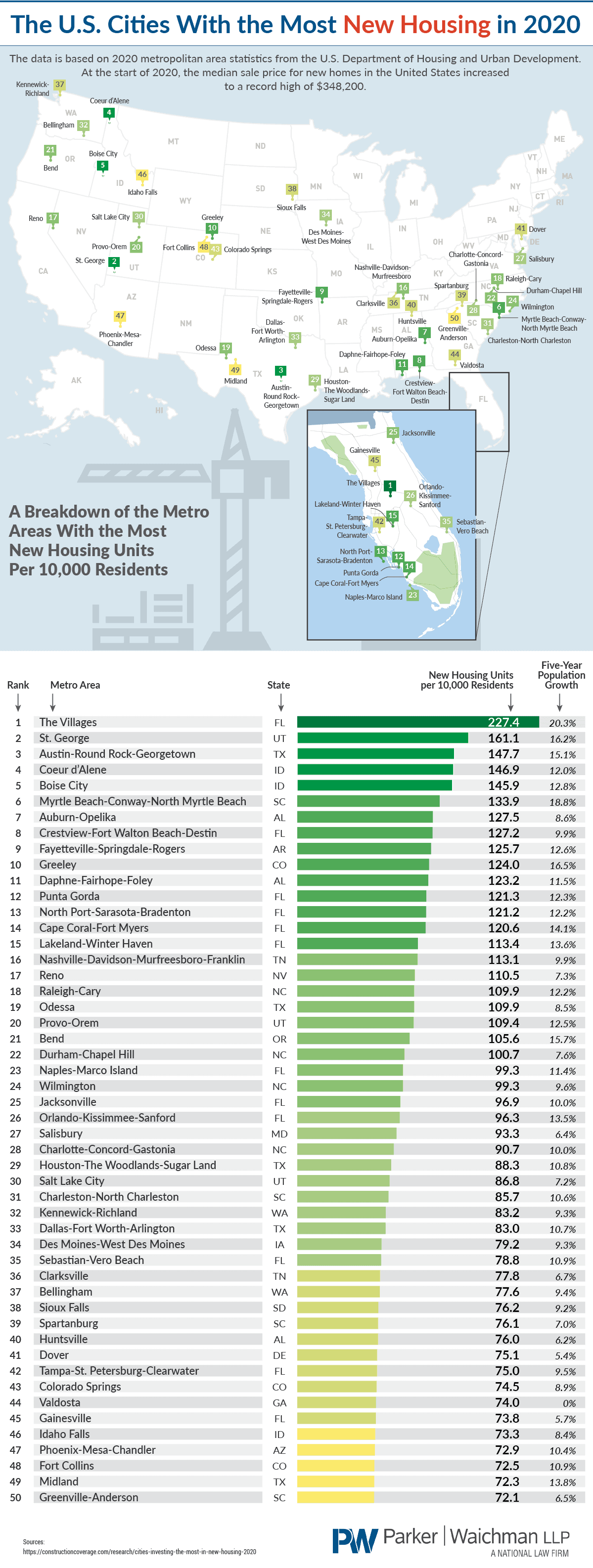With a surging population, Sioux Falls keeps housing affordable by building more of it
Yesterday, the Star Tribune ran a story titled: ‘Ramsey County to invest $9 million in affordable housing in 2021‘. As I’ve written before, affordable housing is rare because it’s illegal to build so we have government spending money to solve problems it was largely responsible for creating in the first place.
‘Unaffordable’ housing simply means that housing is generally expensive. And, as in most situations where prices are high, this is because demand is high relative to supply.
When it comes to demand, as we noted earlier this year in a report titled ‘Out of House and Home: Solving the Twin Cities’ Affordable Housing Problem‘:
…population growth does not explain MSP’s housing costs. One might assume the fastest growing large metro areas in the country would have high housing costs based on the simple principle of supply and demand. MSP, however, is growing slowly compared to other MSAs, while its housing costs remain high.
Of the 100 largest MSAs in America, 57 of them grew in population at a rate faster than the United States as a whole between 2010 and 2018.22 MSP is number 46 in growth on that list of 57, while our housing costs are 16th highest.
For comparison, MSP’s housing costs are more than 39% higher than the average cost in the 10 fastest growing large metro areas in America.
So what about supply? The following figure suggests that this is where the issue rests. The Twin Cities are not among the 50 U.S. cities which built most new housing.

What is striking is that Sioux Falls in neighboring South Dakota is among those 50 cities. Demand for housing is strong there, too. As I wrote in our recent report Minnesota’s Border Battles: How state policy affects economies at the margin:
…between 2010 and 2018, the resident population in [the] South Dakota [counties bordering Minnesota] increased by 11.4 percent while in [the] Minnesota [counties bordering South Dakota] it fell by 5.3 percent.
Yet, as Jeff Johnson noted in our hosing report, Home Value per Square Foot is lower in Sioux Falls than in Minneapolis.
Sioux Falls has strong demand for housing but is relatively affordable because more houses are built. Supply expands to accommodate rising demand which helps keep prices low. This is is basic economics. Maybe the money Minnesota policymakers are spending on affordable housing would be better spent on an economics textbook.
John Phelan is an economist at the Center of the American Experiment.